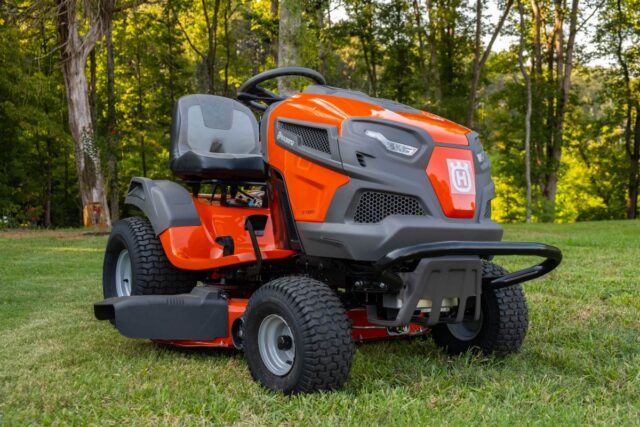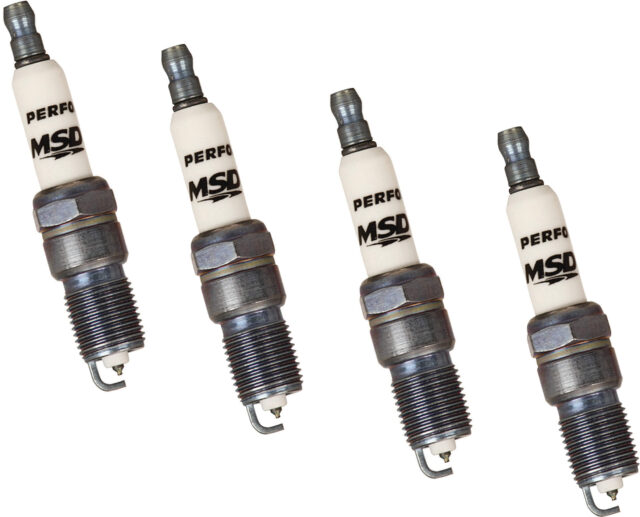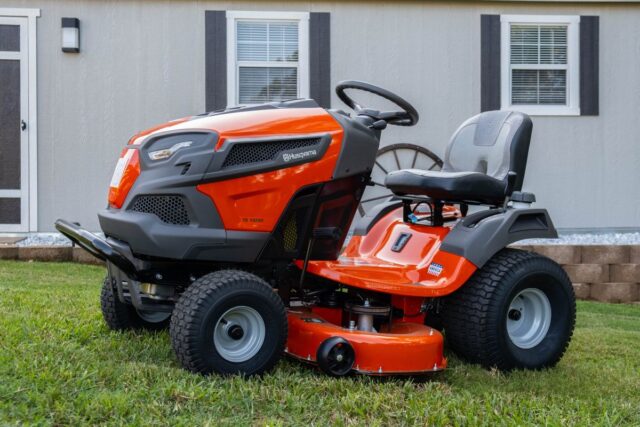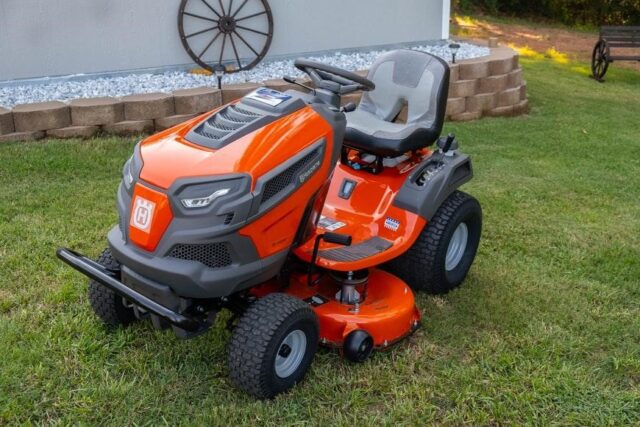
Lawn tractor manuals contain plenty of maintenance tips, but they are far from comprehensive. Usually, manufacturers give only basic advice, so owners have to gain wisdom through experience. Tips from veteran mechanics will help you keep your machine running smoothly all year long.
DIY maintenance will save you hundreds of dollars in the long run. Find the full specs for your model on wersis.net to choose fitting tools and spare parts. A dealer will typically charge $200 for routine procedures including oil change and replacement of filters and spark plugs. A maintenance kit costs less than $80, and new tubes for a tubeless tire repair will set you back $15 at most.
1. Cleaning Mower Deck
Contrary to popular belief, belt guards suck debris in and trap it inside, so it damages belts and pulleys. Blow it off after removing the belt guards. You can use an air compressor or leaf blower after every 3-4 mowings. Scrape away any build-up underneath the pulleys with a screwdriver.
2. Changing Spark Plugs

These engine components are the cheapest but absolutely crucial. Regular changing ensures a smooth start and fuel economy. Worn plugs cause engine damage and misfires. Follow the intervals recommended by the manufacturer. Unscrew the old plugs and screw in new ones. Follow these precautions:
- First, blow or brush around the old plug to prevent debris from falling inside the cylinder. Wipe the empty spark plug seat with a clean rag.
- Do not exert brute force if an old plug is stuck. Instead, cool it down using a CRC Freeze-Off spray to make the metal contract.
- Before installing a new plug, set its gap. Check the specs and use a special gauge.
- Brute force when tightening a new plug is also inadvisable. If you do not have a torque wrench on hand, finger-tighten it. If the seat is tapered, use a plug wrench to make one more 1/16 turn. If there is a gasket, use a plug wrench to tighten it by one more half-turn.
3. Replacing Fuel Filter
A worn filter not only complicates starting but also leads to fuel overuse. It can necessitate a carburetor rebuild. Replace it carefully:
- Use a clamp to pinch off the fuel line leading from the tank, so gas flow stops.
- Using pliers, move the spring clamps away.
- Put on nitrile gloves.
- Remove the inlet hose after tilting this side up.
- Drain the remaining fuel from the fuel line into a pan.
- Plug the openings with your fingers while removing the filter (you have to tilt it down before pulling it out).
- Install the new filter following the direction errors.
- Move the clamps back into place.
- Take the “pinch-off” clamp off.
- Follow the manufacturer’s recommendations regarding replacement frequency.
4. Replacing Oil Filter
Like any vehicle, a lawn mower tractor needs oil changes at regular intervals. You can choose any brand with the recommended viscosity (check the manual). Note that:
- Oil must always be replaced together with the filter.
- You should wipe off any spilled oil from the engine to prevent gunk buildup.
- Old oil must be disposed of at an oil recycling center.
- When screwing on the new filter, make an additional half-turn after the rubber gasket comes in contact with the seat. Cover the gasket with a light coat of oil to prevent its binding.
- If you are planning to use the tractor for snow removal, follow the special “winter weight” oil guidelines from the manufacturer.
5. Replacing Blades
As the blades in your tractor become dull, they put more pressure on the engine and belts. The quality of cutting also deteriorates — instead of clean slicing, the blades leave torn edges on the grass so it needs more time to heal. Do not change blades from underneath the machine, as it can roll away. Follow these steps:
- Remove the mower deck.
- Use a clamp to lock one wheel, and place the deck on two 2x4s to protect the pulleys.
- Using a C-clamp and woodblocks, lock the blades.
- Using a long breaker bar and six-point socket, loosen the bolts on the blades.
- Tighten the bolts on new (or sharpened) blades using a suitable torque wrench (check the specs).
- To prevent buildup under the deck, use a flat pry and a putty knife to scrape the grass off.
6. Cleaning Air Filter
During the mowing season, blow off the paper filter lightly using an air compressor. If your model has a foam pre-filter, wash it with soap and water. These procedures should be repeated at least monthly in addition to regular filter changes. Follow the intervals recommended in the owner’s manual. According to mrostop.com these procedures should be repeated at least monthly in addition to regular filter changes.
7. Adding Grease

Every fitting must be greased with every oil change. Pumping new grease is not rocket science, just use the type recommended by the manufacturer. Keep on filling the fitting until the old grease is removed and the new one starts oozing out!
Check your manual for the location of all fittings. Use a flexible hose and grease gun to reach them all more easily.
8. Fixing Tubeless Tire Leaks
If your tractor is low but has no visible punctures, a rusting wheel may be to blame. This is a typical cause of bead leaks. Installing an inner tube of the right size will stop deflation.
Use a utility knife or side cutters to remove the old valve stem. To break the bead, insert a short piece of 2×2 cut at a 45° angle between the tire and the wheel. Move the bead away by smacking the piece with a maul while moving it gradually around the edge. Repeat on the other side.
To pry the bead off, slide a pry bar or big screwdriver down the center. Clamp it in a vise. Make sure the valve stem of the inner tube is lined up with the corresponding hole in the wheel. Tuck the tube inside the tire and pull the stem through the hole. Secure it with a spring clamp and pry the tire bead back. Finally, inflate the tire again.








